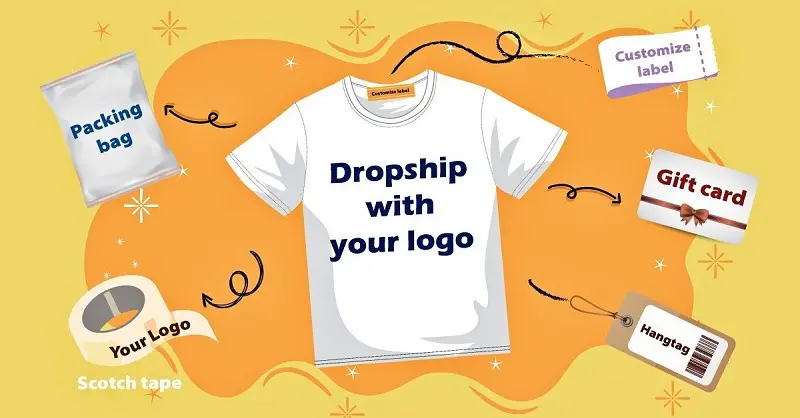Now, follow us to pick up the definition, importance, and key elements of product branding. Also, a few successful branding examples will be covered to give you inspiration for your own products.
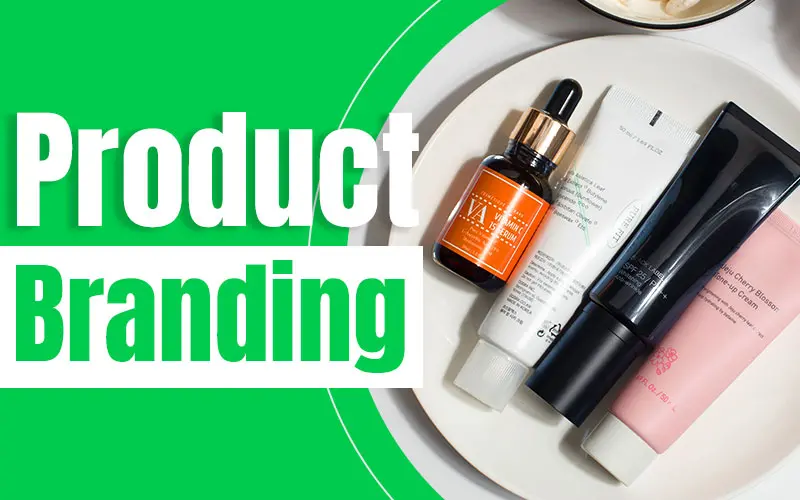
What Is Product Branding?
Let’s start with the product branding definition.
Product branding is a process where a plain product is endowed with a unique identity to stand out. You can design a distinct logo, use inspiring color, send a strong brand message, or apply branded packaging to build the brand of a product. A strong product brand identity helps appeal to more customers and compete against other rivals in your target market.
Simply put, a product branding strategy is an act of shaping your own product personality. All these actions for branding can clearly show potential customers why your products are more worthy than others. As reported, 76% of consumers will determine to buy a product brand when they feel more closed to the brand.
Key Elements of Product Branding
When branding products, there are several essential elements you need to consider. Here are a few of them:
- Typography. The fonts you use matter to communicate your value to customers.
- Colors. Brand colors play a key role in the design of your logo, website, packages, and much more.
- Logo. Logo determines how your target customers feel and think about the brand.
- Brand name. This is a direct way to tell your target audience who you are.
- Product packaging. Creating branded packages is vital for any business.
Indeed, building your product brand identity is to create an emotional bridge to customers. The purpose of that is to make the product instantly recognizable to customers and promote consumer spending.
The Difference: Corporate Branding & Product Branding
Branding is the active practice to bring a brand to life and make it noticeable. Both product branding and corporate branding are two types of branding in marketing. However, they differ in the purpose they serve:
- Corporate branding is the strategy to express the personality of a company brand. The aim is to communicate the brand values, mission, price point, brand story, and other aspects of a company to the public.
- Product branding is a series of steps you take for branding a specific product or product line. It aims to shape potential buyers’ perceptions of your products. With building a brand identity of your products, the goal is to connect the right audience to your product.
Consider Procter & Gamble (P&G), the world’s largest consumer products company. One key part of their corporate branding campaign is the powerful purpose of the company. It’s born with a mission to touch and improve the lives of the world’s consumers. They deliver the idea of who they are as a company and why they exist.
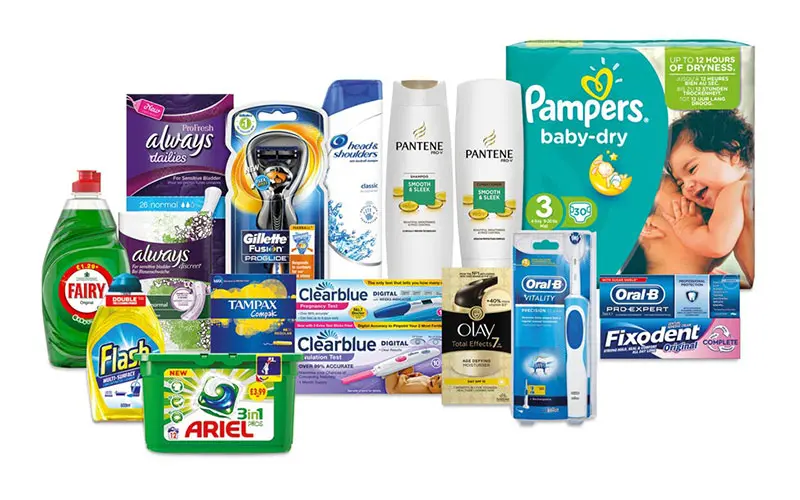
Their offerings cover multiple categories, including haircare, healthcare, household, dishwashing, beauty, and so on. To market different types of products, they start branding products using different logos, colors, names, designs, packages, and so on. Here are a few product brands owned by P&G:
- Haircare: Head & Shoulders, Vidal Sassoon, Pantene, etc.
- Healthcare: Align, Clearblue, Meta, Pepto-Bismol, etc.
- Household: Bounce, Febreze, Fairy, etc.
- Dishwashing: Dawn, Joy, Gain, etc.
- Beauty: Olay, SK-II, Safeguard, etc.
Next, let’s explore why branding a product is essential.
Why Product Branding Matters?
There are several advantages of building a brand identity for your products.
Stand out from competitors
Product branding gives a competitive advantage over other brands.
Businesses can brand products by designing well-marked names, logos, packaging imagery, and so on. All these branding elements manage to add value to the branded products. As a result, when customers browse through the offerings, your product brand differentiates itself from its counterparts. And your target audience will know your products are better by identifying your brands.
Take Coca-Cola as an example. The product brand loyalty for Coca-Cola is strong. By watching the bright red color packaging, shoppers can easily recognize Coke cans and bottles that are from Coca-Cola.
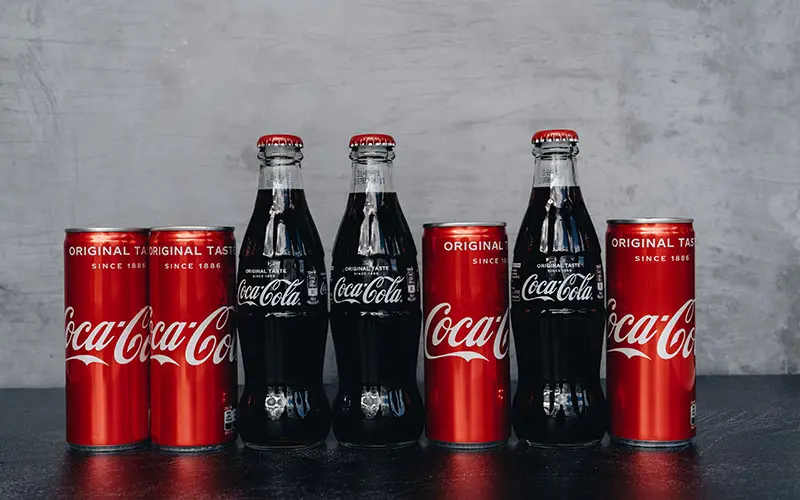
On the other hand, branding products also help stand out from the internal competition. Let’s get back to the Coca-Cola branding example again. To cater to customers preferring no sugar drinks, Coca-Cola Zero Sugar is branded to be distinct from other product brands.
Focus on a submarket
Whether you intend to rebrand a product or are branding new products, it makes sense to reach the right customers. And a great product branding strategy helps direct your product to a specific group of people that it’s most likely to generate revenue from.
Think about a luxury fashion and clothing brand Chanel. Its tagline is “The Ultimate House of Luxury, defining style and creating desire, now and forever”. Thereby, this branding strategy instantly narrows the market down to the buyers who have a higher income level. Now, when hearing about the Chanel brand, most people will come up with words like “Luxury”, “Premium”, or “Notable”. And that’s exactly what Chanel’s strategy for branding products wants to achieve.
Generate product loyalty
It occurs to many brands that the target audience remains unaware of their products. Or, the potential customers know about the product brands, but don’t know why to choose them. Thankfully, product branding helps fix the problems.
Via branding a product, sellers can identify what the audience cares most about and deliver the associated brand value to customers. And that way, it’s easy to build brand awareness for the target audience. Moreover, a high product brand identity always drives brand authenticity, gains customer trust, and builds brand loyalty. Once you successfully retain customers, chances are pretty good that they can generate repeat purchases.
How to Make a Great Product Branding Strategy?
A strong brand identity helps distinguish your products from other branded items. You know it’s worth it and start building a brand personality for your products. Then, you immediately design color and packaging for the products, upload a logo image to Instagram, and insert a tagline in the profile.
Product branding is far more than that, though. The branding process involves multiple steps, which can be divided into three phases:
- First, create a branding product strategy that aligned with your business objectives.
- Second, develop all the tools that can be utilized to communicate the brand to your customers.
- Third, strengthen your product brands and promote the branded items consistently.
Then, the strategy of branding a product is how you accomplish these tactics. To ease your work, we’ve broken the product branding strategy into 4 parts.
Analyze the market
First thing first, do clear research of the market where your products compete. For that, analyzing your competitor brands is a good place to start. It’s doable to identify their target audience, branding tactics, brand values, products, and much more. Then, conclude the branding concept behind these product brands. Combining your product targets, figure out your own branding strategy and implement accordingly when branding products.
Then, identify your audience. It’s vital because how your customers feel about your product brands your product’s identity. For example, if you want to brand a clothing store, who are your target clients? Women, men, or babies? Once decided, research your target client group. This way enables you to understand you’re your customers care about and need most. It also tells you how to connect them to your product brand and deliver the shared value.
Pick a great name, logo, and tagline
What comes next in your branding strategy for products is creating a product name. Together with the name, logo and tagline are also part of your brand identity. Regarded as the way to symbolize your product brand, they are required to be simple, memorable, and most importantly, appealing.
LVMN, the world’s leader in luxury, does nail it right in this branding step. LVMN officially states that each of the products brands is set up based on a specialty legacy and the products exclusively. Louis Vuitton, Givenchy, Fendi, Marc Jacobs, … you can name a lot.
Be consistent in product branding
As stated in Forbes, consistency is the footstone of success in branding. And this is also true for product branding. All the efforts you’ve made should be in a consistent manner:
- Deliver messages aligned with your product’s core brand value.
- Apply the same color and logo throughout your visual branding elements.
- Use the consistent message to convey product brand idea in website, social channels, and adverting process.
All in all, investing in product branding consistency helps to appeal to more customers and build brand loyalty.
Get your employee involved
An easy brand-building approach is to make sure the product branding concept is understood and recognized by your staff. This will motivate the employees to deliver better customer experiences. Consequently, they can build emotional connections with customers and generate purchases.
Nike Inc has successfully got its employees on board with the same mission, values, and vision of their products. For instance, when you enter the Converse store, you’ll see that all staff are wearing the same branded corporate apparel with the logo “Converse” printed to inspire customers.
Related articles: How to Print Your Own Logo on Apparel – No MOQs
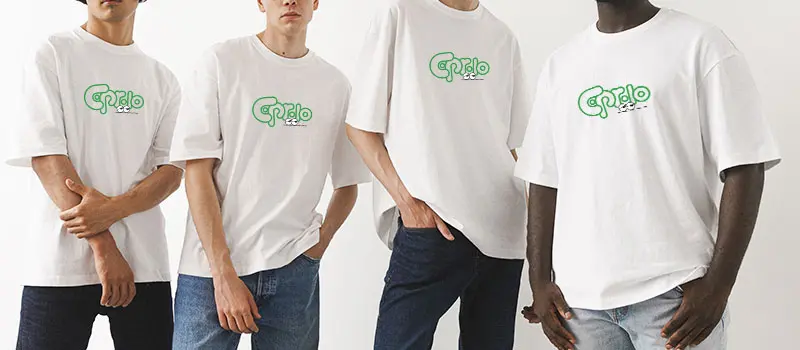
5 Successful Product Branding Examples
It’s always good to take a look at successful examples of great product branding campaigns. Learning from their brand-building tips can get your creative juices flowing to brand the product you sell. Though there’s no one-size-fits-all strategy for branding a product, the theory behind the brands is the same.
Apple’s iPhone
Smartphones marketing is highly competitive. What makes Apple iPhone stand out and become a leader in the mobile industry is its outstanding product branding strategy.
In 2007, Steve Jobs unveiled the brand “iPhone”. The Apple logo, undoubtedly, is one of the most noticeable brand logos globally. Additionally, through the iPhone brand, the Apple team aims to deliver ideas of exceptional user experience, unique design, and high-end technology. These emotional efforts lean shoppers more towards buying iPhone products because they feel excited about the brand.
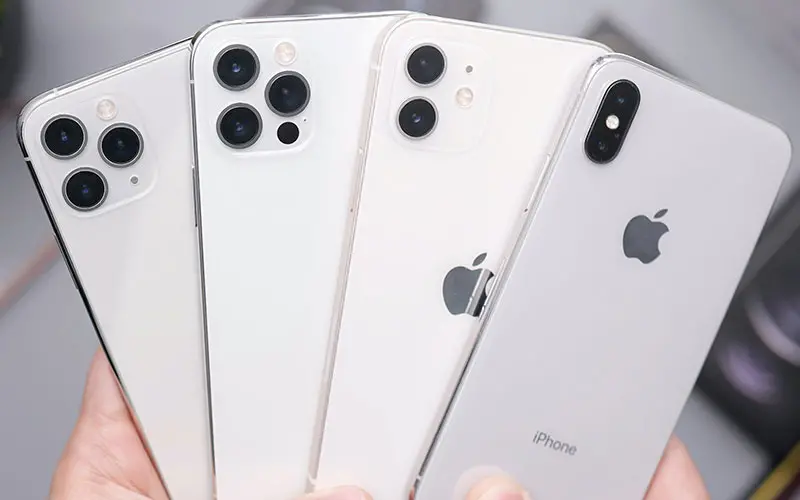
Aside from that, premium customer services are also one essential part of the iPhone branding strategy. Till now, Apple has launched more than 500 Retail Stores equipped with great employees all over the world. This directly sends the brand value to customers and makes them pretty proud of being part of the brand.
Armani
Armani is famous for its selective targeting strategy in product branding. It positions itself as a luxury fashion brand. In order to differentiate its clothing collections from other brands, it subdivides into several brands thereby attracting buyers in specific niches.
For example, the Emporio Armani brand aims to reach young customers aged from 25 to 35 years old and provide fashionable designs they demand. The Armani Collezioni brand focuses on a market segment of high-quality apparel at lower prices. Moreover, the Armani Jeans brand, just as its name implies, targets the jeans market for women and men. And Armani Junior brand provides apparel for babies and kids.
McCafé in McDonald’s
McDonald’s understands that delighting its customers isn’t just a show of words. It’s required to be something that they’re always ready to prove and emphasize. And they really live up to that in the product branding strategy of McCafé.
McCafé’s brand identity embraces optimism. It devotes itself to bringing feel-good moments to the customers through the first sip of McDonald’s coffee. Therefore, you can always see McCafé coffee showing up in McDonald’s menus for breakfast, lunch, and afternoon tea. Plus, McDonald’s continues adding new treats in the McCafe Bakery line. All these efforts for branding products empower McCafé to satisfy customers with the goodness they deserve.
Samsung
There is no way that we can speak of product branding without mentioning Samsung. This brand positions itself with values such as innovation, cutting-edge technology, and world-class designs.

A renowned brand under Samsung company is Samsung Galaxy. Its success is attributed to the great brand consistency. Samsung has utilized a wealth of social and communication channels to convey the personality of the Samsung Galaxy brand. All the image designs and slogans in advertising are in harmony with the brand values that Samsung Galaxy sends.
Gucci
You might not be familiar with Kering, but you might be no stranger to the Gucci brand. The product service and branding strategy Kering takes in the brand Gucci is to promote inclusivity. Rather than target a particular population, it tends to please everyone.
Similar to other mass-market brands, Gucci also offers exclusivity on each branded product. To outshine other luxury brands, it attaches great importance to designs when branding apparel & fashion items. This brand tailors its lines of products to make sure that they are well-matched with the tastes of the target audience. That, in return, greatly helps Gucci has a strong brand identity among the customers.
Closing Words: Time for Branding Products You Sell
As you can see, each brand has its own product branding strategy. All you need to do is to understand the principles behind why these tactics succeed in branding a product in marketing. Then, create your own product branding strategy and carry it into execution. Note that no matter which industry you’re into, it’s crucial to maintain a consistent product branding strategy.
If you’re running a fashion store and wish to brand apparel items, try EPROLO. This product branding company has superb apparel branding services. You can source tons of trendy clothing items, customize labels and hangtags, and design branded packages.

